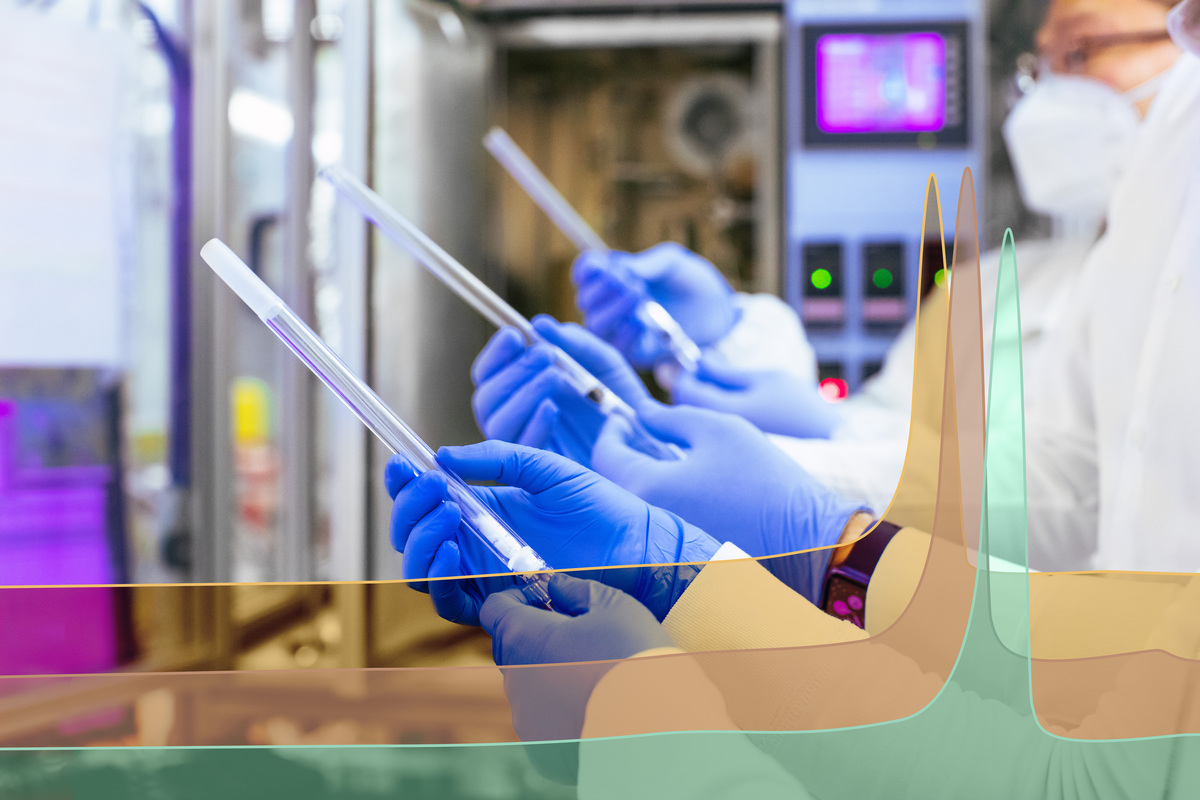Umicore, one of the world’s largest materials technology companies, is actively searching for catalysts to remove nitrogen oxides (NOx) that operate at low temperatures. In 2019, their hunt led them to KAUST, where a newly hired professor with unique skills had recently arrived.
Although NOx gases garner less attention than other air pollutants, they are highly toxic for plant cells and harmful to human health, for example. This is having a dramatic impact on our environment: recent high-resolution satellite imagery indicates that these gases may reduce crop yields in some agricultural regions by up to 25 percent.
“These gases may reduce crop yields
in some agricultural regions by up to 25 percent.”
A primary source of NOx emissions comes from burning fuel in diesel engines. Catalytic converters installed in diesel engines can transform NOx into less harmful substances such as nitrogen gas and water. However, current devices are not effective at temperatures below 200 degrees Celsius — a flaw that causes pollutant levels to spike when a cold engine first starts.
“Our main goal is to understand catalysts while they are working, what we call operando,” says chemical engineer Javier Ruiz-Martίnez. “We do this by combining microscopy and spectroscopy with nano chips that we can put our catalysts inside. The tricky thing is duplicating the conditions that real catalysts experience — that’s not trivial.”
One catalyst system that caught Umicore’s attention involved catalytic manganese atoms mixed with support materials based on titanium dioxide and cerium oxide. While previous reports have shown that manganese undergoes favorable redox reactions with NOx species at temperatures close to 100 degrees Celsius, the roles of the support oxides were less clear.
“When you look into the literature for cerium oxide, most people mention that it helps the redox function of manganese,” says Ruiz-Martίnez. “But others were exploring the idea that it promotes catalysis by adsorbing nitric oxide. There was no consensus, so we put a strong emphasis on understanding how these materials work.”
Ruiz-Martίnez and his team synthesized 30 types of catalysts with different amounts of manganese, titanium and cerium oxides. Then they analyzed the materials under real-world conditions using the powerful suite of imaging and characterization tools available at KAUST’s central laboratories (Core Labs).
“My background is in X-ray spectroscopy and optical spectroscopy. When I arrived at KAUST and saw the facilities here, I was amazed; I knew they were unique in the world,” recalls Ruiz-Martίnez.
When the team looked for structure-activity correlations in their compounds, a surprising result emerged: cerium oxide had an overall negative impact on NOx removal.
“We had a big data set, and it showed that cerium oxide itself is not doing anything. In fact, it’s even a bit detrimental to the reaction,” says Ruiz-Martίnez. Without cerium though, they got chunks of manganese oxide without much surface area. That led the researchers to think, “what if we use materials where we just put single atoms of manganese on top?” That’s something they are now exploring with outstanding results.
Ruiz-Martίnez notes that one of the primary challenges of this work had little to do with NOx chemistry.
“One of the primary challenges of this work
had little to do with NOx chemistry.”
“I started at KAUST about four months before the COVID-19 pandemic hit,” he says. “We had most of the work done before the lockdowns occurred and then were shut down for six months and couldn’t move forward on our experiments. But to a certain extent, it did give us time to think about the work, to really dig into the correlations between different catalysts.”

